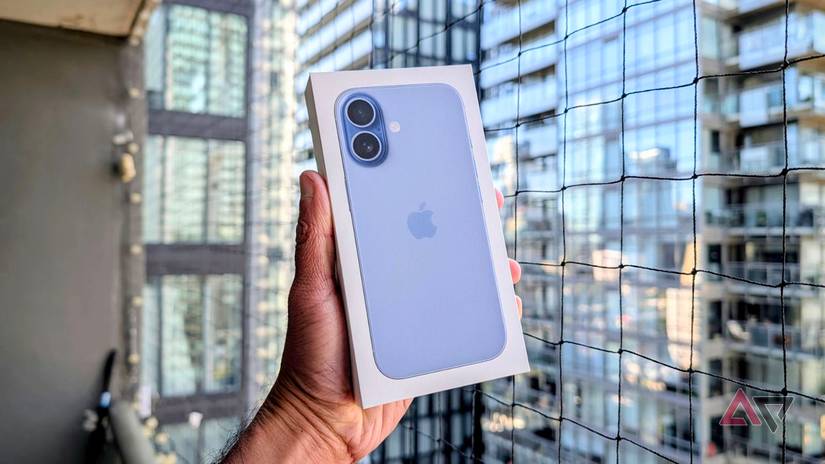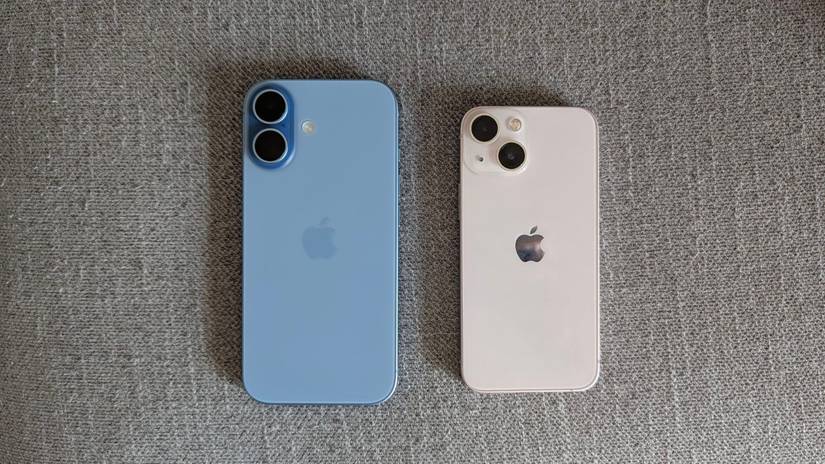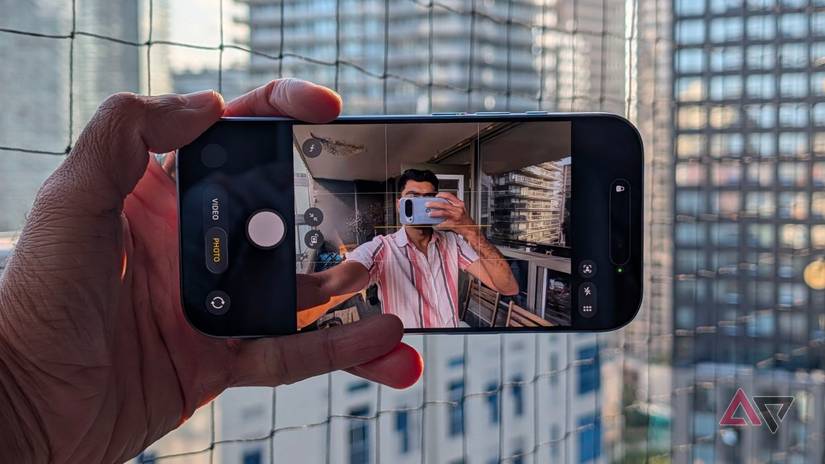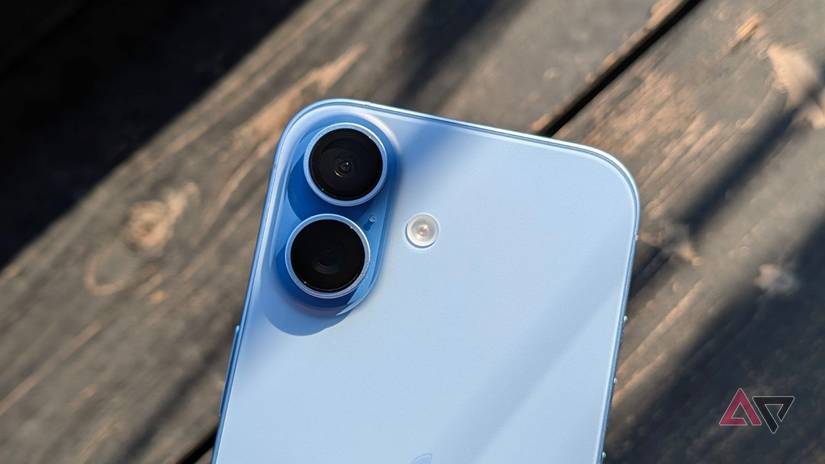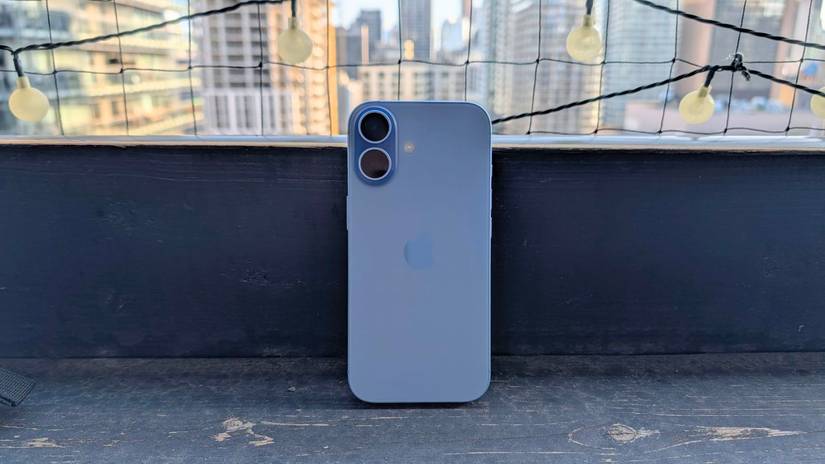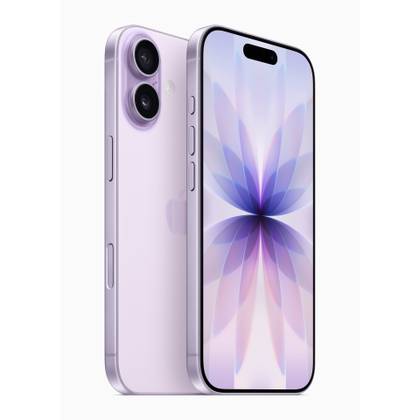I am a proud Android fanboy. As the resident tech support and recommendation-maker for my friends and family, I feel it’s my duty to ensure everyone buys stuff that is best suited for their needs.
Historically, this has meant trying to convert people into Android users from iOS — not because I am biased, but because I truly believe that Android phones have offered better value for money and features than iPhones.
But the unimaginable happened earlier this month. With the launch of the iPhone 17 series, my opinions changed. I now think that the new cheapest iPhone is the best phone for most users, especially those sitting on the fence and considering parting ways with Android.
Apple’s first no-compromises iPhone
Worth the wait
My partner has been in the market for a new phone for a while now. She’s been using an iPhone 13 Mini for almost four years, and absolutely loves its compact size and feature implementation.
Even for me, someone who only uses big high-end Android phones, there’s a lot to appreciate in the adorable little iPhone Mini — even if I’d never daily-drive one myself.
She knew that upgrading to a new phone would inadvertently mean moving to a much bigger phone. While we wish compact phones were still around, we were also aware that there are no new good small-sized phones on the market.
Thankfully, some convincing and promises of much better battery life were enough to get her to consider a newer iPhone. But she’d made it clear that her next phone would need to be special or very cheap for her to pull the trigger.
Since that’s been the whole spiel of why I’d usually recommend Android to people, I agreed with the value-oriented positioning.
For a change, even the cheapest one is worth considering
So, with an open mind and cautious optimism, we tuned into Apple’s launch event. She was looking for every reason to upgrade, while I was looking for reasons not to. Did I tell you I am an Android fanboy?
When the keynote was over, I went through my notes to come up with an argument, but couldn’t find much. I even rewatched the announcement and followed discussions on X, only to fail at finding any meaningful compromises in the new iPhone 17.
Surprised but delighted with this conclusion, I was sure that the price would get hiked. Or that the base configuration wouldn’t be usable.
But then Apple announced that the starting price would not only stay the same at $800, but also include a minimum of 256GB of storage. And with financing options at just around $33 a month, there really was nothing left for me to complain about.
All concerns taken care of
Every other previous iPhone has had at least one clear compromise that made it easy for us not to get converted. But with the iPhone 17, Apple has (surprisingly) created one of the most complete phones you can get in the West.
Its feature set now comprises a smooth 120Hz OLED screen that is extremely bright, IP68 water and dust resistance, one of the fastest and most efficient processors in any smartphone, at least 8GB of RAM and 256GB of storage, dual 48MP cameras on the back, a cool new square image sensor on the front, stereo speakers, a bigger battery with faster charging, along with all the goodness of iOS.
The iPhone 17 has everything you’d expect from a modern smartphone, and then some.
Every shortcoming of every previous iPhone has been addressed in the iPhone 17, while being the same price — or technically cheaper if you factor in the storage bump.
I never thought I’d use adjectives like “complete” or “cheaper” to describe an iPhone, but here we are.
The competition? It’s comparing Apples and oranges
We need to acknowledge the fact that both Apple and Google have made incredible progress in making it easier for people to switch from one ecosystem to another.
Having said that, folks who have been users of one operating system for a while are unlikely to switch to the other unless they have a good reason to.
But even if we assume that people are platform-agnostic and open to switching, the iPhone 17 makes a strong case for itself against the competition. At its price, it competes with the Samsung Galaxy S25 and the Google Pixel 10 — all three having an $800 price tag at launch.
Yes, there are some specs that are better on the Android phones, but in real-life usage, the new iPhone beats or matches the competition in important aspects such as display brightness and sharpness, photo and video capture, battery life, biometric security, and software support.
In North America, even service, support, and accessory availability are much better for Apple. It’s one of those things that we Android power users don’t think about too much, but the general populace takes into consideration.
Essentially, what I am saying is that while the S25 and Pixel 10 are better than the iPhone 17 in some ways, in terms of the overall user experience, this time, Apple has left no stone unturned.
Why you should consider the iPhone 17, too
As a tech reviewer, I’d be doing a disservice to our community if I didn’t highlight what Apple got right with the iPhone 17. Yes, this is a website focused on covering everything Android, but that doesn’t change the fact that Android isn’t always better.
Answering people’s “Which phone should I buy?” queries is never straightforward or formulaic. But I can say with certainty that the iPhone 17 is a phone that will serve most users quite well — even as someone whose literal job is to talk about Android.
Apple iPhone 17
- SoC
-
A19 chip
- Storage
-
256 or 512GB
- Battery
-
Up to 30 hours of video playback
- Ports
-
USB-C
- Operating System
-
iOS
- Colors
-
Lavender, Sage, Mist Blue, White, Black
The iPhone 17 line offers some of Apple’s bleeding-edge technology, such as the new A19 chip, an incredible 30-hour battery life, and more.


